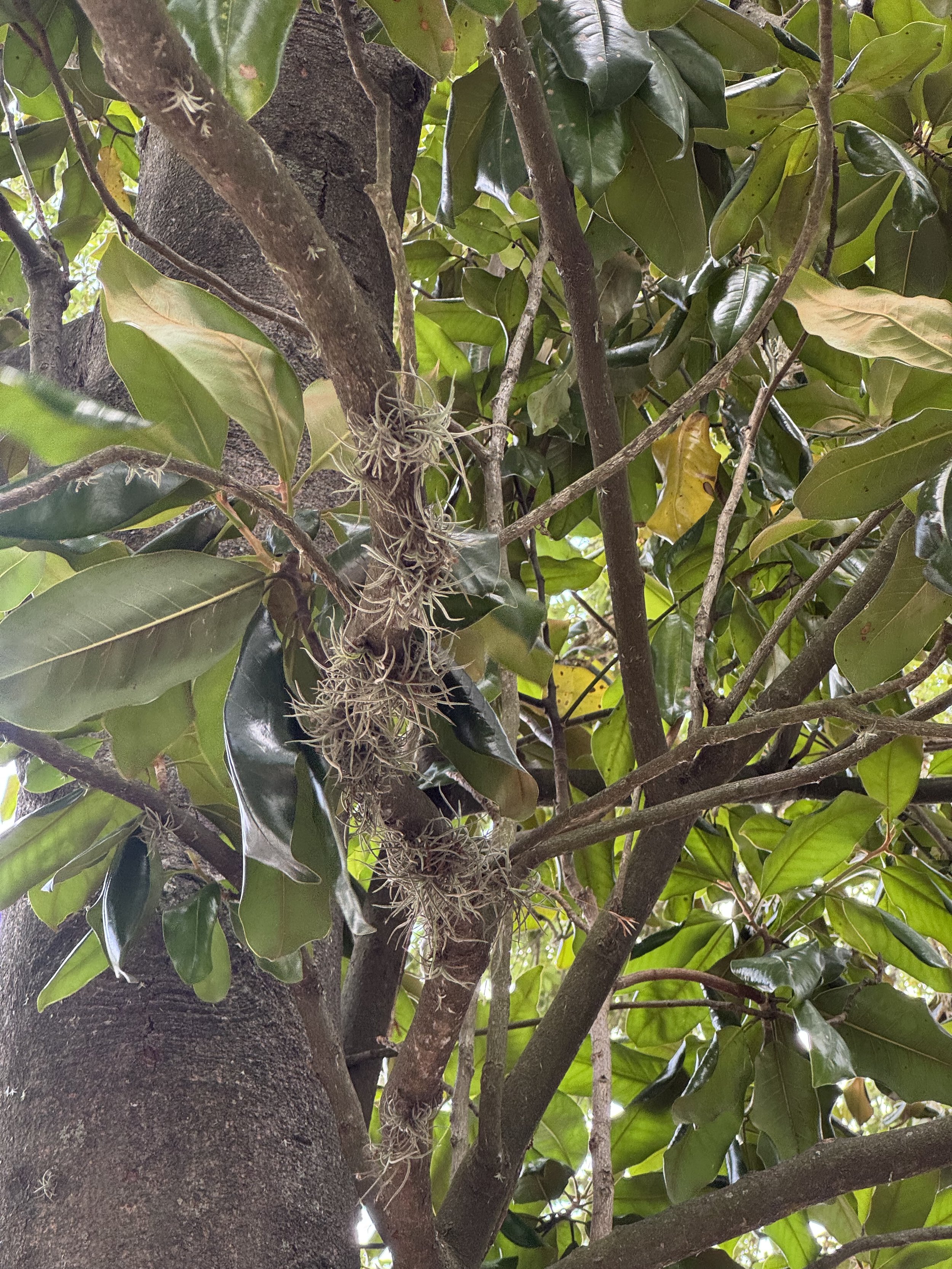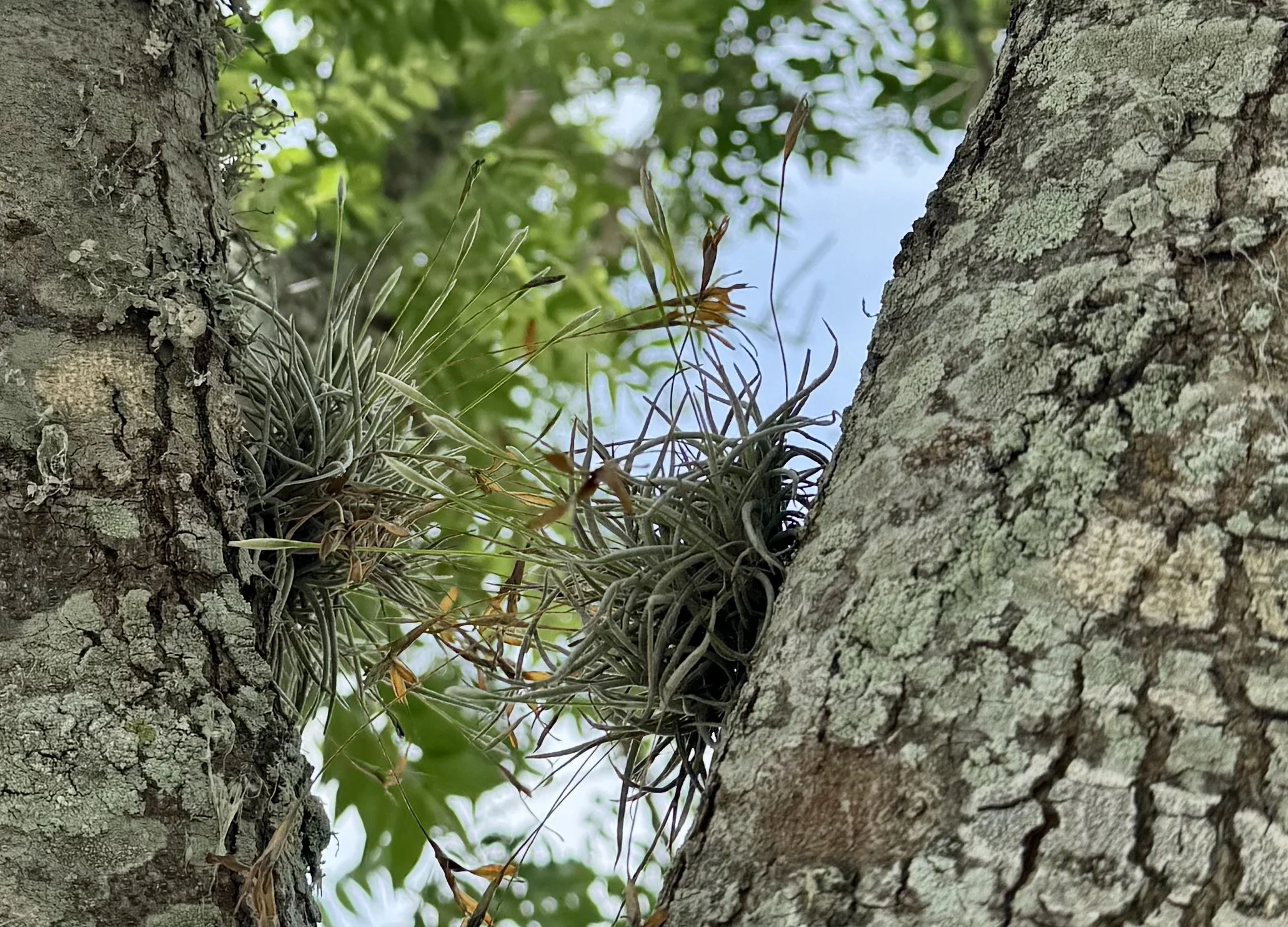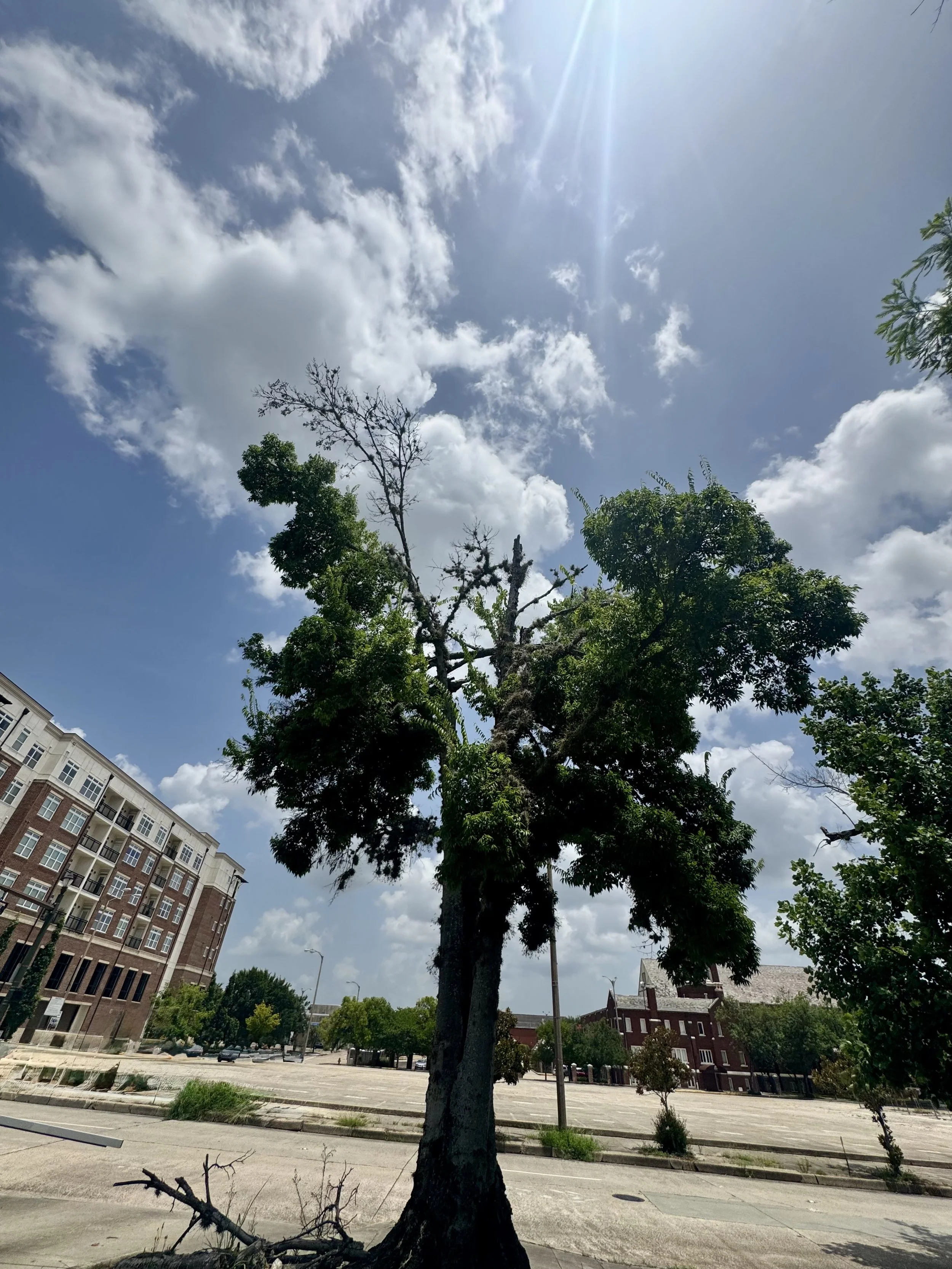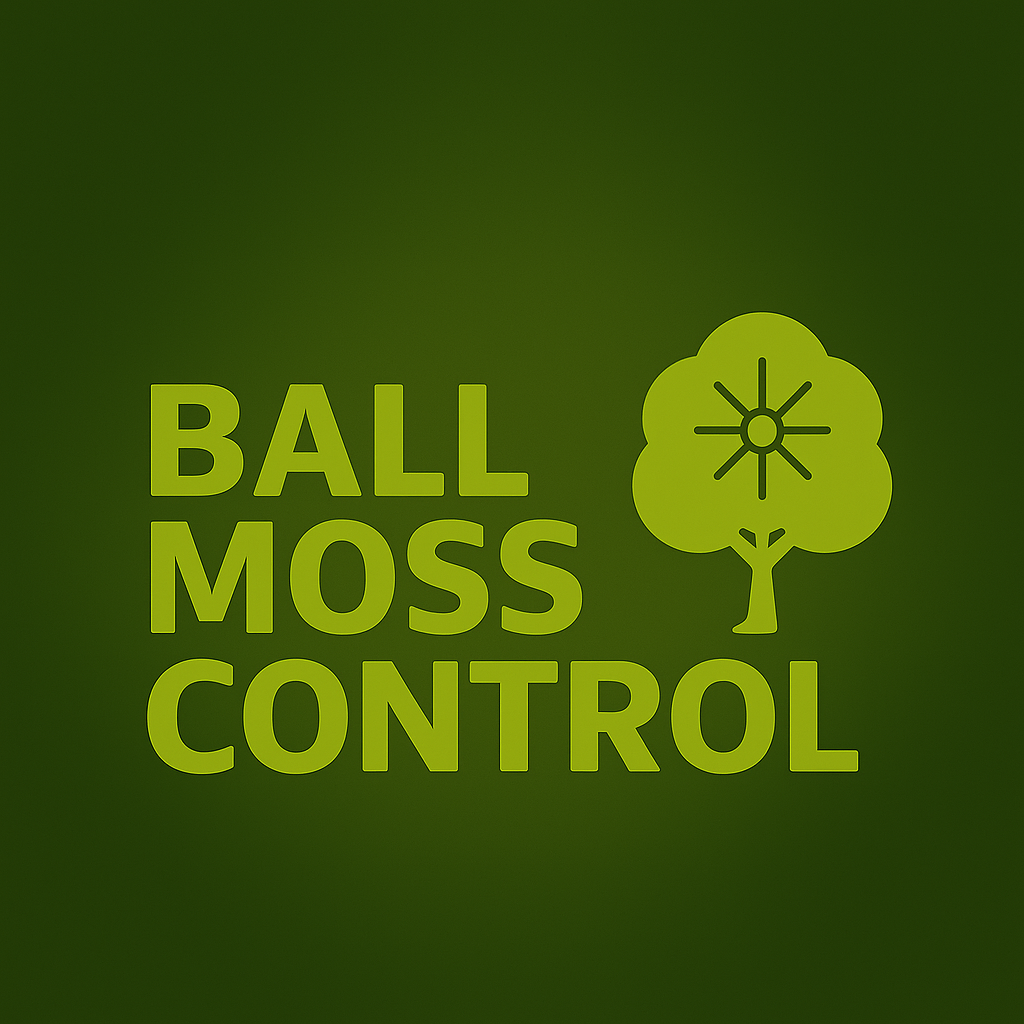
What is Ball Moss
Ball Moss Is Quietly Taking Over Baton Rouge Trees—And It’s Time to Fight Back.
Ball Moss Control is leading the community response to an urgent problem affecting our city’s tree canopy. Ball moss is spreading across neighborhoods and business corridors, damaging trees and putting our shared environment, property, and quality of life at risk. The good news? You can help—starting with your own trees.
It may look harmless—but it's doing real damage.
Clings on—and takes over:
Ball moss may seem harmless at first, but it slowly weakens the branches it attaches to. As it spreads, it drains energy from the tree, causing branches to die one by one. Eventually, the entire tree can be left bare—no leaves, no blooms, no life.
Spreads fast:
It starts as a small patch, but once it flowers, it releases seeds that drop down and latch onto lower limbs. That’s why many trees show dead branches at the top while still holding on to a few leaves at the bottom.
Strangles over time:
As ball moss grows thicker, it blocks sunlight and airflow. The heavy clumps weigh down branches, limit growth, and kills tree.
-
Visual Description:
A young ball moss appears as a small, rounded tuft of thin, gray-green leaves clustered tightly together. Each leaf is narrow, slightly curved, and has a soft, wiry texture—like a bundle of thread or fishing line. The less mature version typically measures just a few inches across and is often found nestled along smaller branches or twigs. It looks lightweight, almost like it’s been gently placed there, and may blend in with the bark at first glance. Though it may seem delicate or ornamental, this early stage is when it takes hold—and begins its quiet spread to neighboring limbs.
-
Visual Description:
A mature ball moss forms a dense, round clump about the size of a grapefruit or larger, with dozens of long, wiry, gray-green leaves radiating outward in all directions. The leaves appear tangled and windblown, giving it a spiky, bushy appearance. Tucked within the mass are small, tubular purple flowers—delicate but striking—which emerge briefly before releasing fine seeds that drift easily to nearby branches. The clump often clings tightly to thicker limbs or branch junctions, sometimes with several others nearby. When grouped, these mature clusters create a tangled web.
“Ball Moss can kill trees. To kill a tree Ball Moss must grow so densely that the host tree cannot grow enough leaf to survive. It is that simple.”
— Tree Tender arborist
-

👀 What It Looks Like
Round, gray-green clumps
Usually seen in humid, shaded areas
Common on:
✅ Live Oaks
✅ Crape Myrtles
✅ Magnolias
✅ Pines
✅ Bradford Pears -

Where is it Spreading
Rapid growth seen in LSU campus areas, Spanish Town, and older neighborhoods.
Thrives where trees are dense or shaded.
-

⚠️ Why It Matters
Too much ball moss = Tree Death
-

🌳 Grows ON Trees, Not IN Them
It’s an epiphyte — it attaches to branches but doesn’t feed on the tree.
Competes for sunlight, airflow, and space, slowly stressing trees over time.


